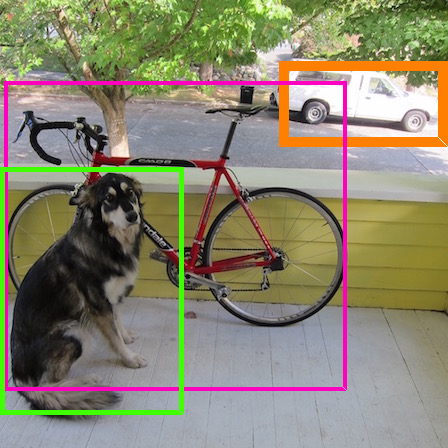Aerial imaging plays a crucial role in navigation and data acquisition for unmanned aerial vehicles and satellite imaging systems. In recent days, the employment of drones has been escalated in several applications that are not limited to surveillance, delivery systems, aerial warfare, and agricultural activities. Aerial imaging of ground targets is highly challenging because of various factors that affect light propagation through different mediums. Several convolutional neural network-based object detection algorithms that are developed require more robustness when applied in the field of aerial imaging and remote sensing. In order to handle the adverse effects of light propagation with respect to time and solar radiance, adaptive RGB filters for grayscale imaging based on weighted luminance are introduced that extensively solve the problem of rayleigh scattering effect. Images of objects that are easily diminished by rayleigh scattering are acquired in various timezones. The acquired images are labelled precisely and subjected to training and validation. The results show that the proposed method detects the object more accurately and efficiently than the traditional YOLOv3 approach.
翻译:航空成像在无人驾驶航空器和卫星成像系统的导航和数据获取方面发挥着关键作用。近几天来,无人驾驶飞机的使用在一些应用中有所升级,这些应用并不限于监视、运载系统、空中战和农业活动。地面目标的空中成像由于影响不同媒介的光传播的各种因素而具有高度挑战性。若干以神经神经网络为基础的天体探测算法在航空成像和遥感领域应用时需要更加稳健。为了处理光传播对时间和太阳光亮的不利影响,采用了基于加权光度的灰度成像的适应性RGB过滤器,以广泛解决射电散布效应问题。通过射电分散很容易减少的物体图像是在不同时区获得的。获得的图像被贴上准确的标签,并接受培训和验证。结果显示,拟议的方法比传统的YOLOv3方法更准确、更高效地探测物体。




